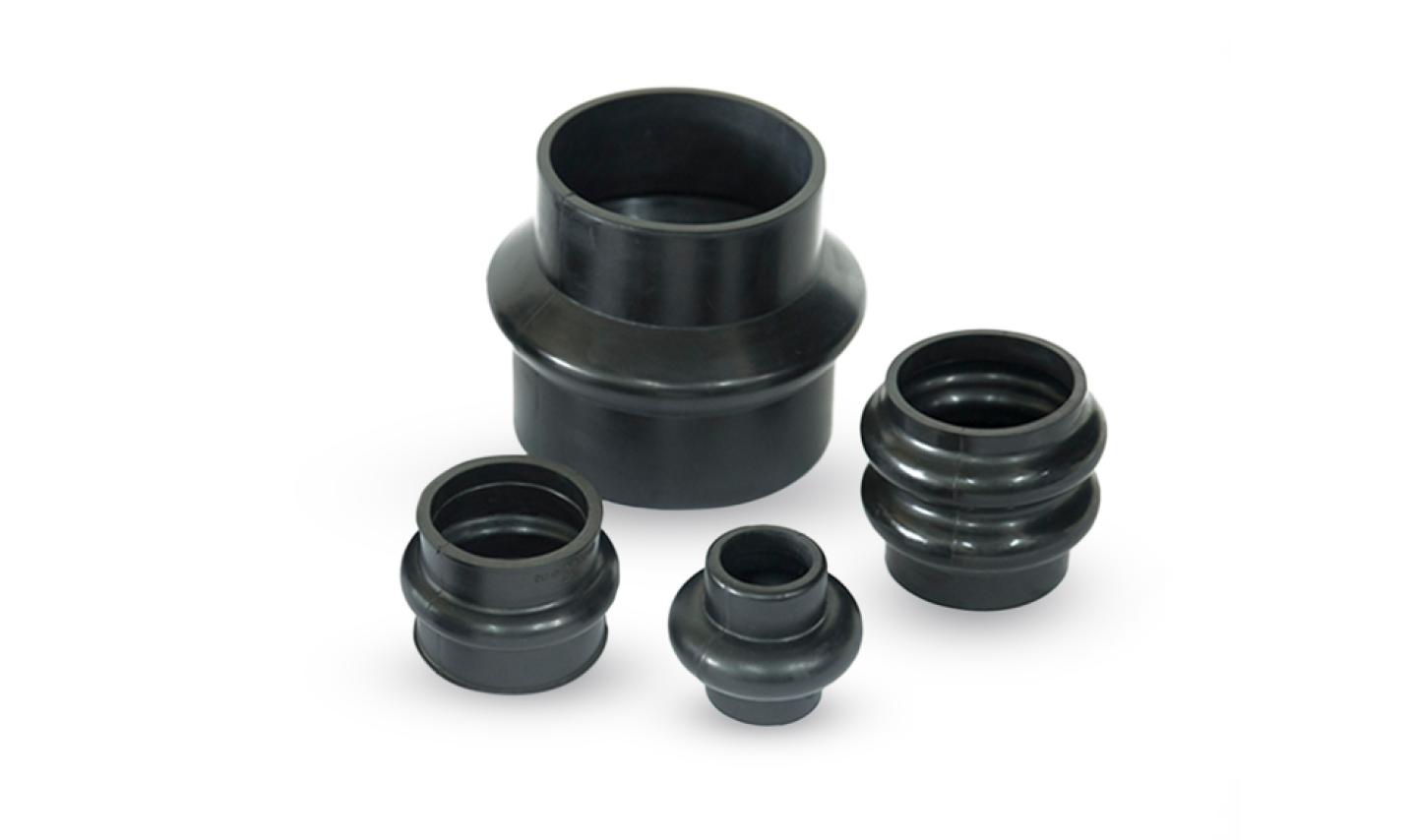In the field of synthetic elastomers, Hydrogenated Nitrile Butadiene Rubber, also known as HNBR, stands out for its remarkable performance under difficult conditions. This specialized form of nitrile rubber (NBR) has been hydrogenated, a process that imparts a remarkable set of properties, making it a top choice for various industrial applications.
In this article, we will delve into the key characteristics of HNBR and explore its diverse range of applications across industries.
The Versatility of HNBR
Temperature Resistance: A star in temperature resistance, HNBR operates within a broad temperature range that spans from -40°C to 165°C (-40°F to 329°F). Such temperature resilience allows it to be used in both cold and hot environments.
Chemical Resistance: HNBR stands test to a wide range of chemicals, like oil, fuel, and hydraulic fluids which makes it an ideal choice for seals, gaskets, and O-rings in various industries. It provides long-term durability as it maintains its integrity when exposed to harsh chemicals.
Mechanical Strength: HNBR is a reliable choice when it comes to dynamic applications as it possesses excellent tensile strength and tear resistance. It withstands the rigors of repeated motion and stress and hence is popular in automotive engine seals and industrial machinery components.
Sealing Properties: HNBR creates effective seals that prevent the ingress of contaminants, due to its elastomeric nature. This helps HNBR excel in maintaining a clean and controlled environment in oil and gas applications.
UV and Ozone Resistance: Like other elastomers, HNBR does degrade prematurely due to UV traditions and ozone. This makes it suitable for outdoor applications.
Applications of HNBR
Automotive Industry: HNBR is used for manufacturing engine seals, gaskets and timing belts due to its resistance to motor oils and transmission fluids. This ensures that the products made are long-lasting in performance.
Oil and Gas Industry: HNBR seals and gaskets are used in critical equipment in the oil and gas industry that operate in harsh, high-pressure, and chemically aggressive environments. They are used to prevent leaks and ensure safety in drilling rigs, pipelines and offshore platforms,
Aerospace and Aviation: HNBR is used in aircraft engines, fuel systems, and hydraulic systems due to its ability to maintain its properties under extreme temperatures.
Industrial Machinery: HNBR is often used in hydraulic systems, pumps, and manufacturing machinery due to its robustness and chemical resistance.
Conclusion
HNBR, the hydrogenated version of Nitrile Butadiene Rubber, has gained recognition across diverse industries due to its exceptional properties. Its versatility in terms of temperature resistance, chemical compatibility, and mechanical strength makes it a top choice for demanding applications. Whether in automotive, oil and gas, aerospace, or industrial settings, HNBR plays a vital role in ensuring the reliability and longevity of critical components.
As technology advances and industries continue to evolve, HNBR will likely find even more applications where its unique combination of qualities can provide solutions to complex challenges. Its reputation as a reliable and robust elastomer makes it a material worth considering for any project that requires durability and resilience in the face of adverse conditions.










